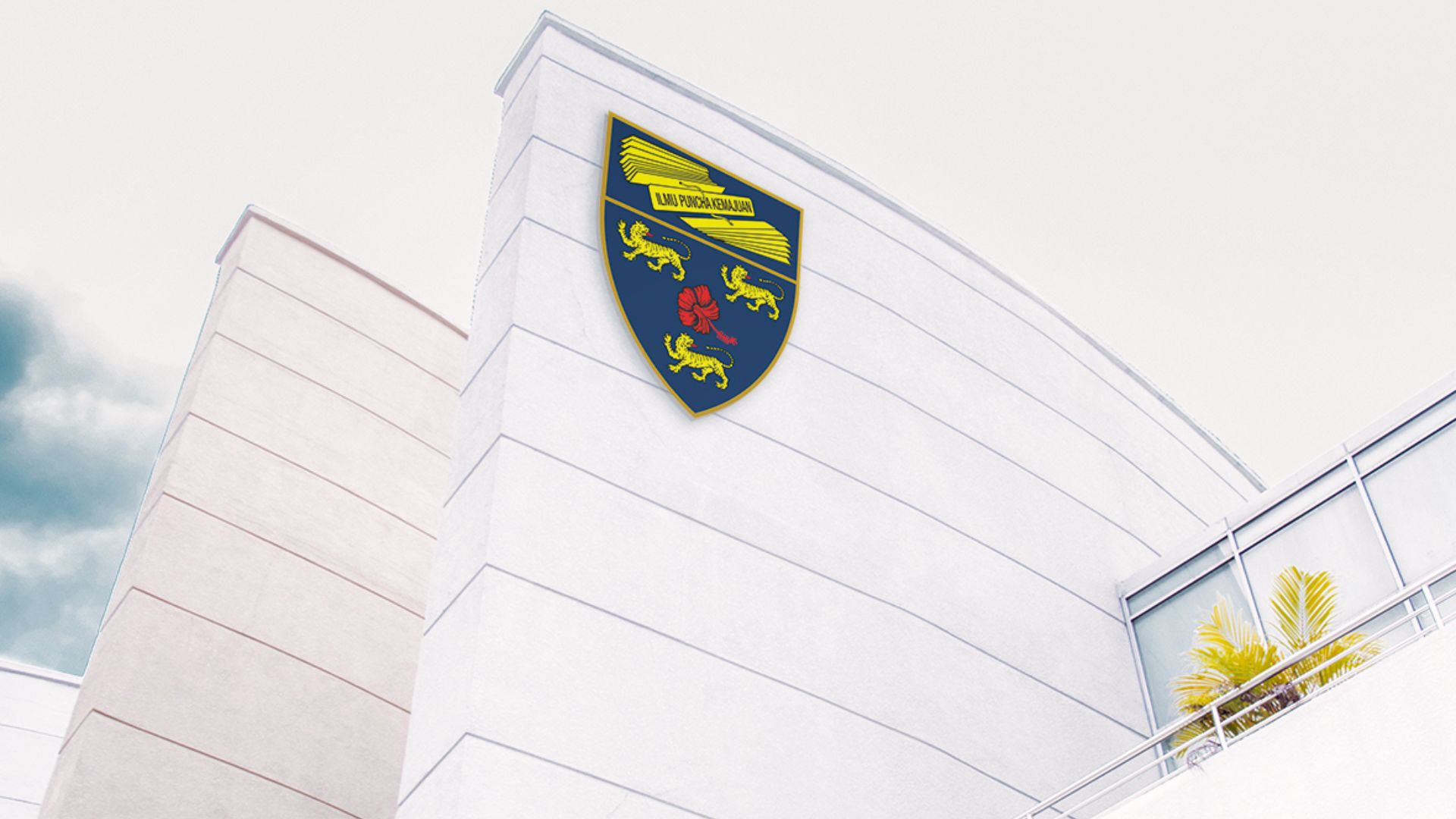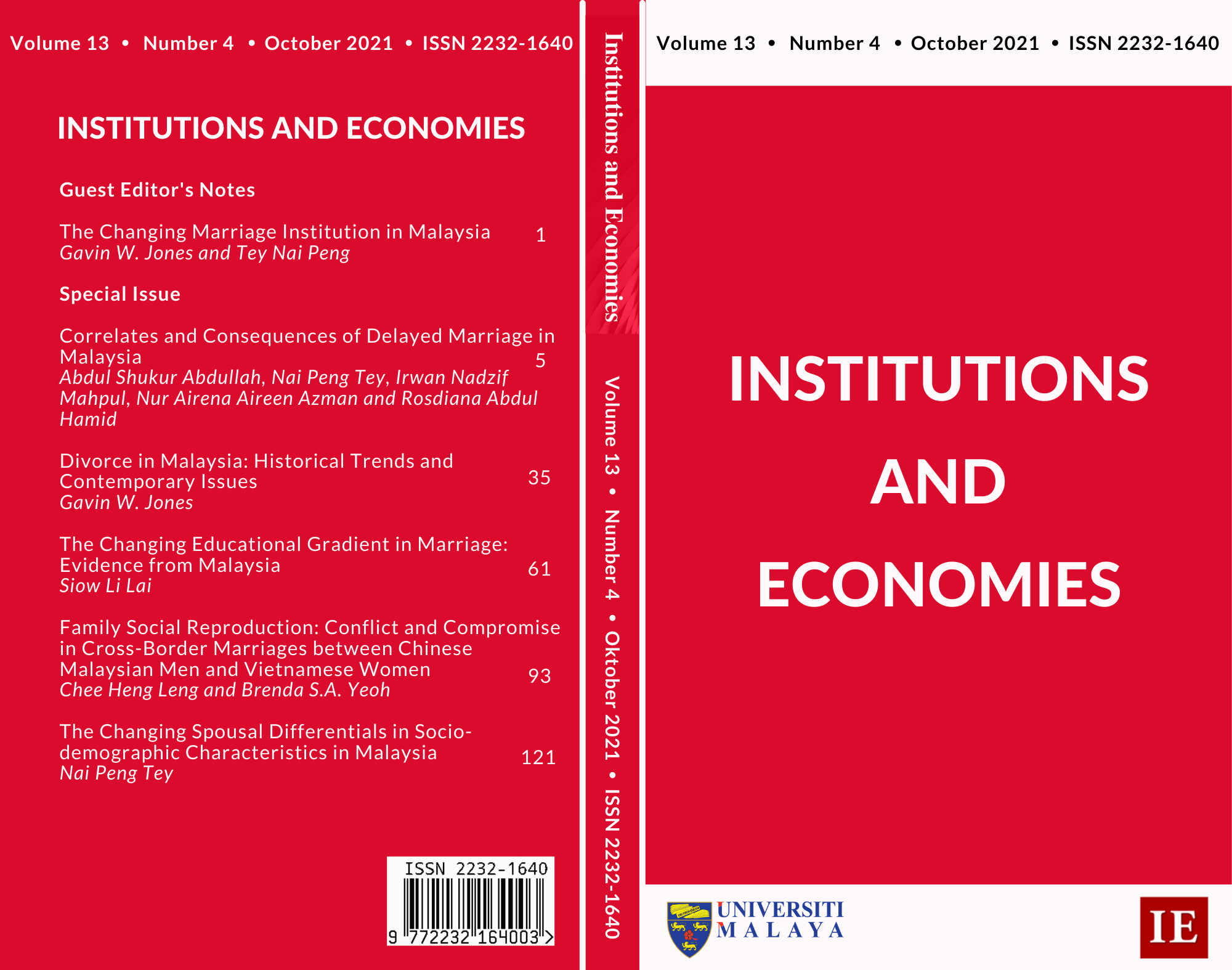Divorce in Malaysia: Historical Trends and Contemporary Issues
Main Article Content
Abstract
Divorce rates in Malaysia have risen substantially in the first two decades of the 21st century. The main upsurge was between 2007 and 2010, after which the rates levelled off. The Muslim divorce rate remains at a level more than double that of non-Muslims, though the trends in divorce have moved in the same direction for both groups. East Malaysia has its own patterns. Muslim divorce rates in Sabah are only half those in Peninsular Malaysia, as are non-Muslim divorce rates in both Sabah and Sarawak. Although information is not available for Malaysia about the proportion of Muslim divorces initiated by wives, for both Indonesia and Singapore, more than two thirds of Muslim divorces are initiated by the wife. Clearly, many similar forces are influencing divorce for both Muslims and non-Muslims in the predominantly urban populations of these three countries. “Modern divorce” is related to the pressures of urban living; pressures of balancing work responsibilities and household arrangements when both partners are working; decreasing tolerance for remaining in an unsatisfactory marriage; and increasing community acceptance of divorce in such circumstances. As similar pressures have been experienced by both Muslim and non-Muslim populations, the tendency for Muslim and non-Muslim divorce rates in Malaysia to move in parallel directions is not surprising.
Downloads
Article Details
Submission of a manuscript implies: that the work described is original, has not been published before (except in the form of an abstract or as part of a published lecture, review, or thesis); that is not under consideration for publication elsewhere; that its publication has been approved by all co-authors, if any, as well as tacitly or explicitly by the responsible authorities at the institution where the work was carried out. Transfer of copyright to the University of Malaya becomes effective if and when the article is accepted for publication. The copyright covers the exclusive right to reproduce and distribute the article, including reprints, translations, photographic reproductions, microform, electronic form (offline and online) or other reproductions of similar nature.
An author may self-archive the English language version of his/her article on his/her own website and his/her institutions repository; however he/she may not use the publishers PDF version which is posted on www.ijie.um.edu.my. Furthermore, the author may only post his/her version, provided acknowledgement is given to the original source of publication and a link must be accompanied by the following text: The original publication is available at www.ijie.um.edu.my.
All articles published in this journal are protected by copyright, which covers the exclusive rights to reproduce and redistribute the article (e.g. as offprint), as well as all translation rights. No material published in this journal may be reproduced photographically or stored on microfilm, in electronic database, video disks, etc., without first obtaining written permission from the publishers. The use of general descriptive names, trade names, trademarks, etc., in this publication, even if not specifically identified, does not imply that these names are not protected by the relevant laws and regulations.
The copyright owners consent does not include copying for general distribution, promotion, new works, or resale. In these cases, specific written permission must first be obtained from the publishers.

